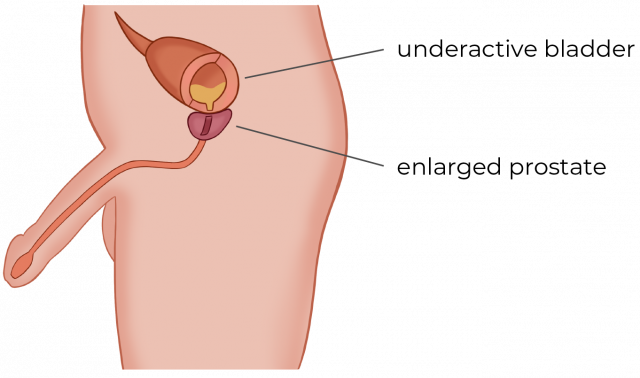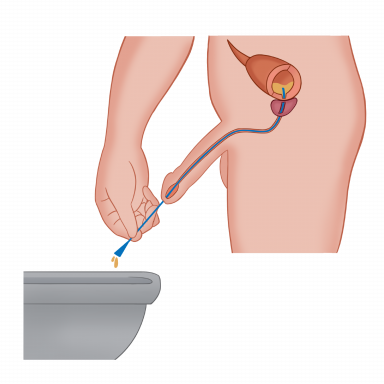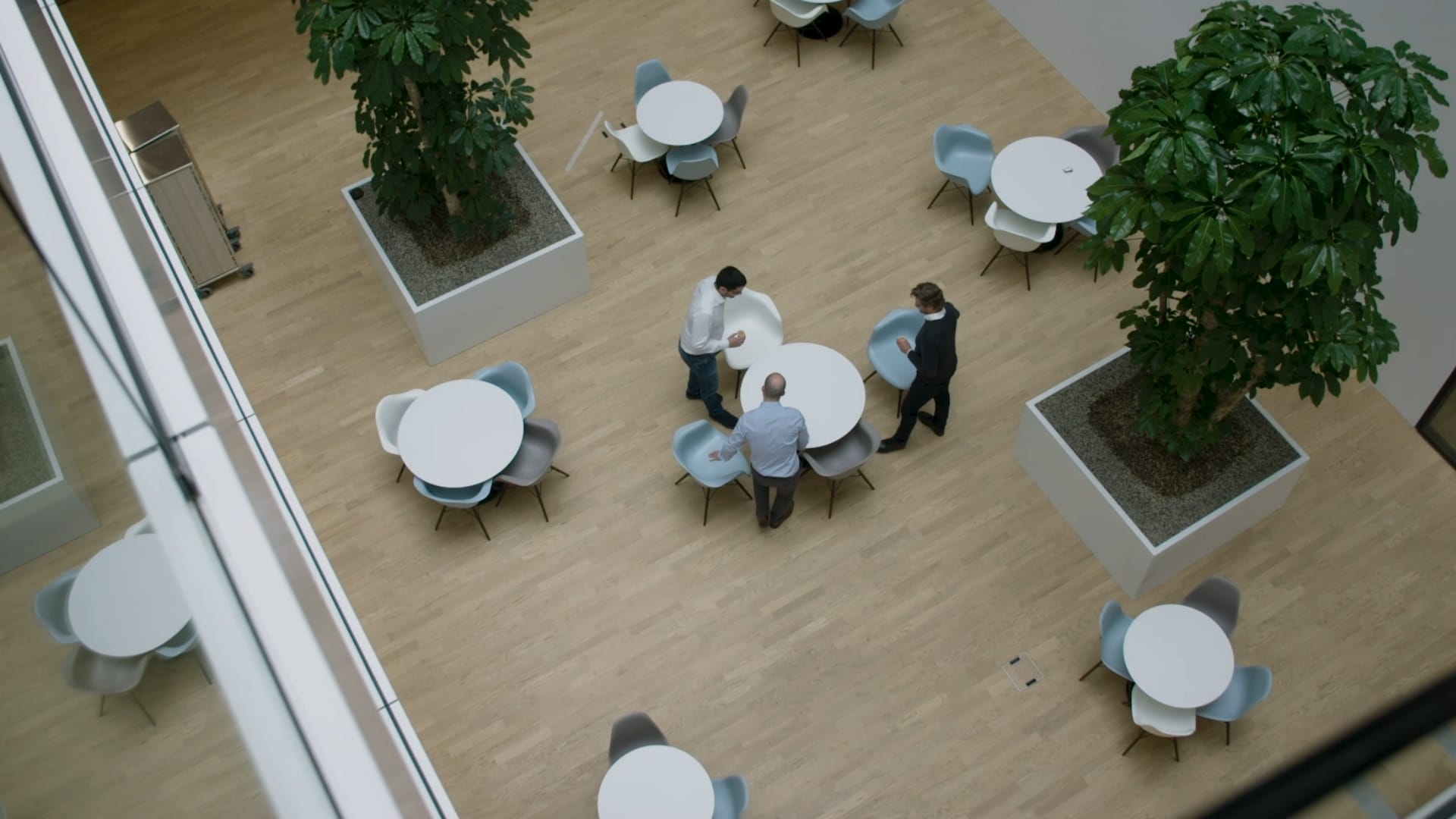What is urinary retention?
Patients suffering from urinary retention are unable to empty their bladder properly. The main causes are either an underactive bladder (UAB) or a bladder outlet obstruction, i.e. benign prostate hyperplasia (BPH) in men. Both conditions worsen with age. UAB affects both men and women with a high prevalence. As many as 48% and 45% of older men and women, respectively, who are undergoing evaluation for lower urinary tract symptoms, are diagnosed with UAB. BPH affects up to 50% of men in their 60s.

What are the symptoms?
Patients’ complaints include a weak stream, the constant feeling of a partially full bladder and frequent visits to the toilet both during night and day. This leads to a reduced quality of life and self-esteem, pain, continuous sleep disruptions and frequent urinary tract infections.
How is it usually treated?
To date, there are no non-invasive solutions for urinary retention patients. For men with severe benign prostatic obstruction, a transurethral resection of the prostate (TURP) is one option. However, besides the risks associated to an invasive surgery, many patients remain with an underactive bladder after this operation.
Eventually, for many patients, catheterization is the only effective method to empty the bladder. Unfortunately, there are many problems associated to the use of urinary catheters:
- It is invasive and has a high risk of causing urinary tract infections
- It can be uncomfortable and even lead to bleeding
- It is cumbersome to use, especially when not at home
- It can lead to embarassment
- It is costly, as catheters need to be replaced regularly and urinary tract infections need to be treated

What solution do we offer?
We developed a novel medical device that is completely non-invasive and helps emptying the bladder.

